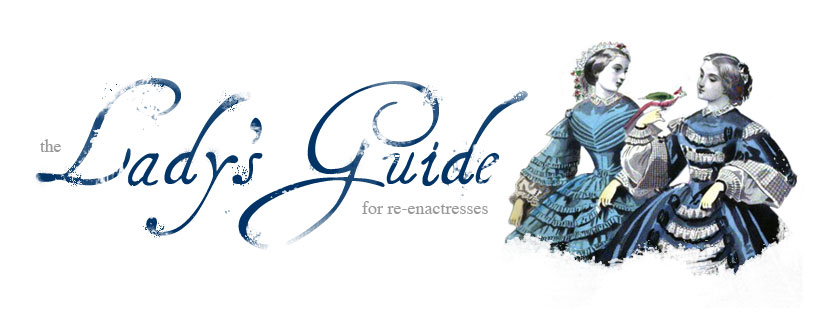I've passed signs to this place for several years, wanting to stop and see it.
There are some pretty disturbing accounts of Bleeding Kansas history,
one of them being the Marais des Cygnes Massacre,
which occurred on May 19, 1858.
Charles A. Hamilton and a band of about 25 to 30 Pro-Slavery men came to Kansas Territory. On the path to the Marais des Cygne they took several men captive, letting some of them go, according to the book 'Border Warfare" by G. Murlin Welch, the various reasons these men were released were they were either too young, too old, pro-slavery or members of the Masonic Lodge.
According to Reverend B.L. Read the men were brought to this ravine, ordered to halt and form a line, then Hamilton gave the command to "Face Front." He then ordered his men to form a line and "present arms" in front of the prisoners. some of the pro-slavery men refused to participate.
The eleven men captured met these fates:
William Stillwell of Sugar Mound, killed,
was a Mason and was buried at Mound City.
Patrick Ross, farmer from Pennsylvania, killed.
William Colpetzer, farmer from Pennsylvania, killed.
John F. Campbell, store keeper from Pennsylvania, killed.
William Hairgrove, farmer from Georgia, wounded.
Asa Hairgrove, farmer from Georgia, wounded.
Rev. B.L. Read, from Wisconsin, wounded.
Charles Snyder, wounded.
Amos Hall, wounded,
Austin Hall, not wounded, saved himself by feigning death when he fell.
Mrs. B.L. Read on being informed that her husband had been taken prisoner, hurried to the home of her neighbor where she could see the company with the aid of a spy glass. In Mrs. Read's own account she went to the home of Colpetzer and found three more women whose husbands had been taken. Mrs. Read then followed the company, and when near heard the shooting. She then encountered contigents of Hamilton's men, who told her she would find men in the timber.
Later that year John Brown built a fort near the Marais des Cygne massacre site. The fort was taken down, but this building that adjoined the fort still exists.
It used to be open to the public, as a museum,
but now you can only walk around it. Beautiful building.
According to the brochure I was reading there's a spring in the first level.
This stone building is known as the Charles C. Hadsall House.
If interested in Bleeding Kansas history I highly suggest the book "Border Warfare" by G. Murlin Welch. it has two chapters on the Marais des Cygnes massacre history.
Here's the official website for the Marais des Cygnes Massacre State Historic Site.






.tiff)

No comments:
Post a Comment